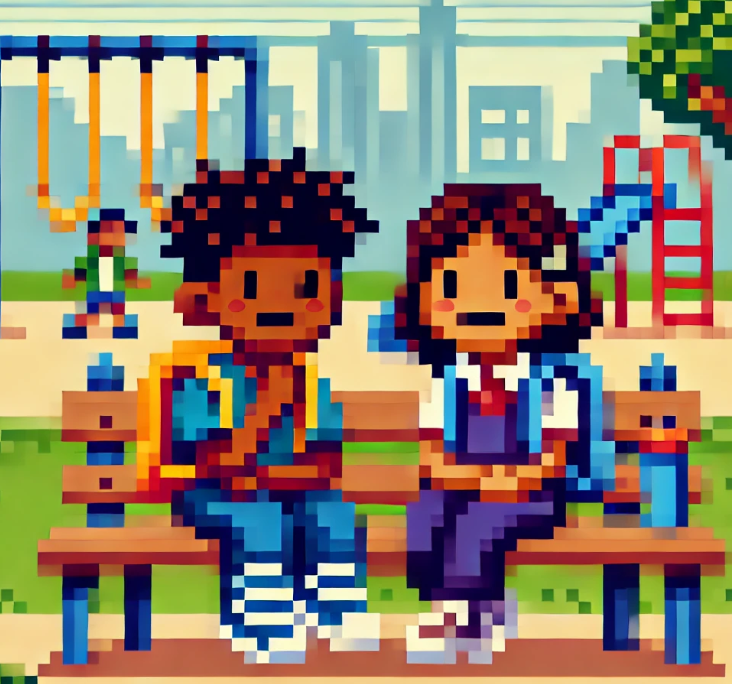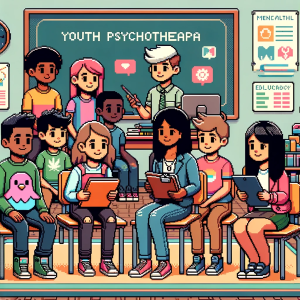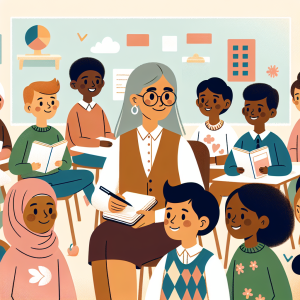
Stronger Together: How Schools, Families, and Communities Build Kids’ Emotional Strength
Half of all lifetime mental health conditions begin by age 14. That means the early years of preschool and kindergarten aren’t just about learning ABCs and sharing blocks—they’re ground zero for shaping a child’s emotional resilience and social skills.
Now here’s the surprising part: A massive study of nearly 5,000 kindergarten teachers in China found that children’s ability to regulate emotions, build friendships, and show empathy doesn’t just depend on what happens at home or in class. It thrives when homes, schools, and communities team up, and when principals and teachers step into leadership roles that nurture kids’ emotional worlds.
Why Emotional Skills Are as Important as Math
Researchers call it socioemotional competence—a child’s ability to manage feelings, understand others, and solve conflicts peacefully. Kids who develop these skills are more likely to:
- Do better in school.
- Build healthy friendships.
- Avoid risky behaviors later in life.
Think of socioemotional competence like the “operating system” that runs beneath all academic learning. Without it, even the best curriculum crashes.
The Research Story
Here’s what the team in Guangdong and Yunnan provinces discovered when they analyzed thousands of surveys from teachers:
- Collaboration is Key. When families, schools, and communities worked together, children scored higher in emotional regulation and empathy.
- Principals Matter More Than You Think. Principals who showed transformational leadership—inspiring vision, personal support, and encouragement—set the stage for stronger teacher and student outcomes.
- Teachers Carry the Torch. Teachers with strong emotional awareness and regulation passed those skills along to their students through everyday interactions.
And here’s the kicker: 85% of the positive effects came indirectly, through principals and teachers. In other words, it’s not just the collaboration itself—it’s how leaders and teachers translate that collaboration into children’s daily lives.
From Data to Real Life
Picture two classrooms.
- In the first, the teacher is stressed, unsupported, and isolated. The principal is focused on paperwork, not people. Parents feel left out. The kids? They pick up on the tension. Conflicts flare, and learning suffers.
- In the second, the principal creates a vision where families, teachers, and community members work together. The teacher feels supported, confident, and emotionally balanced. Parents are engaged partners. The kids? They thrive—sharing, problem-solving, and building friendships.
The difference isn’t magic. It’s leadership, collaboration, and emotional competence at every level.
Why This Matters for You
- Parents: Your involvement doesn’t stop at the classroom door. When schools invite you into decision-making, your child benefits.
- Teachers: Your own self-regulation and empathy skills ripple out to your students. Investing in your well-being isn’t selfish—it’s essential.
- Principals: You’re the hidden engine. Visionary leadership fuels teacher growth, which fuels children’s growth.
What Schools Can Do Today
This study didn’t just highlight problems—it pointed to solutions:
- Create emotional support systems for teachers, not just students.
- Train principals in transformational leadership—less top-down, more inspiration and collaboration.
- Engage families and communities as true partners, not as afterthoughts.
- Document children’s daily emotional life (through observations, stories, or parent feedback) and use it to guide classroom practices.
The Big Picture
Bronfenbrenner, a famous psychologist, once said children grow through “mutual adaptation with their environments.” This study proves it: when home, school, and community align, kids’ emotional lives blossom.
But when those systems are fragmented—or when leadership and teacher support are weak—children’s resilience suffers.
Let’s Talk About It
So, what’s next? This isn’t just a research finding—it’s a call to action.
- Parents: How can you partner more deeply with your child’s school?
- Teachers: What’s one emotional skill you want to model for your students this week?
- Principals: How can you inspire your staff in ways that go beyond paperwork and policies?
Because the truth is clear: we can’t raise emotionally strong kids alone. It takes families, schools, and communities working in harmony—backed by leaders who lift teachers up and teachers who pass those strengths along to children.
✅ Takeaway: Emotional health is the foundation of learning. Collaboration builds it. Leadership and teacher well-being amplify it. And our kids? They’re counting on it.



